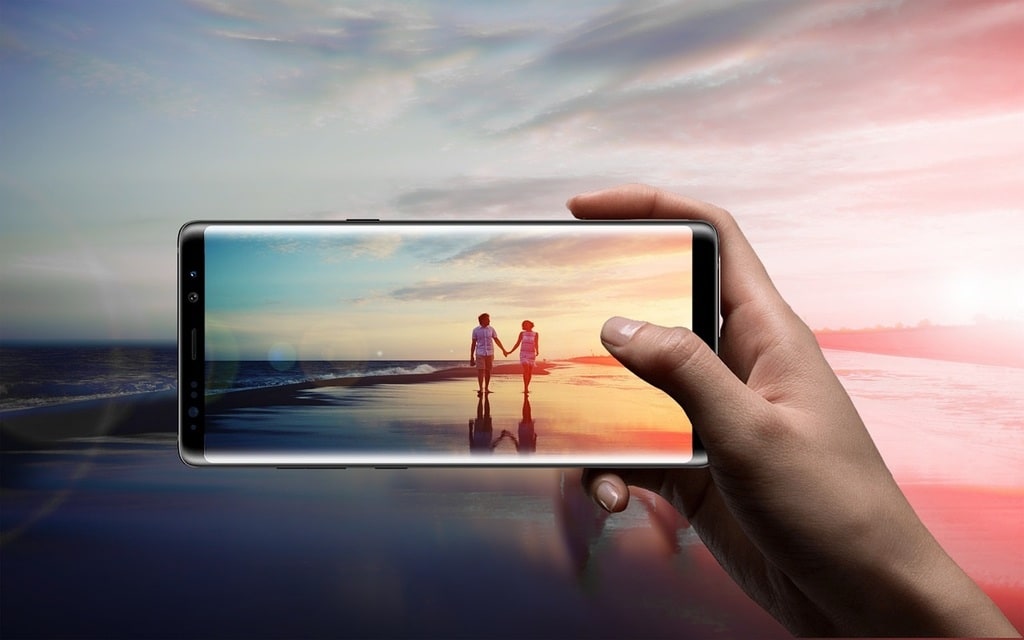
Integrating technology into your mindfulness routine
Mindfulness has long been associated with traditional practices such as meditation, deep breathing, and yoga. As technology advances, integrating these practices with modern tools can enhance and simplify your mindfulness routine. Leveraging technology not only makes mindfulness more accessible but also provides innovative ways to track and improve your mental well-being.
Enhancing Mindfulness with Technology
In today’s fast-paced world, the fusion of mindfulness and technology offers a seamless way to maintain mental balance. Many people find it challenging to carve out time for mindfulness, but tech solutions are changing this landscape. From apps that guide meditation sessions to devices that monitor stress levels, the integration of technology into your mindfulness routine can be transformative.
One of the most significant benefits of using technology for mindfulness is the ability to receive real-time feedback. Wearable devices, for example, can track physiological responses and alert you when you need to take a moment to breathe or relax. This immediate feedback allows for more effective mindfulness practices and helps in developing a deeper awareness of your body and mind.
Popular Mindfulness Apps
There is a plethora of apps available that can assist in various aspects of mindfulness. These apps provide guided meditations, breathing exercises, and even mood tracking. Some of the most popular mindfulness apps include:
- Headspace: offers guided meditation sessions tailored to different needs, such as stress reduction and better sleep.
- Calm: features a wide range of mindfulness tools, including guided meditations, sleep stories, and breathing exercises.
- Insight Timer: provides a vast library of free meditations and allows users to track their progress.
- Breethe: offers personalized meditation plans and a variety of mindfulness tools.
Using these apps can make it easier to integrate mindfulness into your daily routine, offering flexibility and convenience.

Wearable Technology for Mindfulness
Wearable technology has revolutionized how we approach mindfulness. Devices such as smartwatches and fitness trackers now come equipped with features designed to promote mental well-being. These wearables can monitor heart rate, stress levels, and even sleep patterns, providing valuable insights into your overall health.
For instance, many smartwatches have built-in meditation apps that guide you through breathing exercises and relaxation techniques. Additionally, some devices offer reminders to take breaks and practice mindfulness throughout the day. This consistent engagement can lead to more sustained mindfulness practices and better long-term outcomes.
Virtual Reality and Mindfulness
Virtual Reality (VR) is another exciting development in the realm of mindfulness. VR can create immersive environments that facilitate deep relaxation and meditation. By transporting you to serene landscapes or guided meditation sessions, VR can enhance the mindfulness experience significantly.
Studies have shown that VR-based mindfulness practices can be particularly effective for people who struggle with traditional meditation techniques. The immersive nature of VR helps in maintaining focus and reducing external distractions, making it easier to achieve a state of mindfulness.
Integrating Mindfulness into Daily Life
Incorporating mindfulness into everyday activities can be simplified through technology. Smart home devices, for example, can play calming music, guide meditation sessions, or remind you to take mindfulness breaks. These small integrations can make a significant difference in maintaining a consistent mindfulness routine.
Here are some practical ways to integrate technology into your mindfulness practice:
- Set reminders on your phone or smart device to take mindfulness breaks throughout the day.
- Use meditation apps during your commute or while waiting in line.
- Leverage sleep-tracking features on wearables to understand and improve your sleep quality.
- Engage in VR meditation sessions to enhance relaxation and focus.
By incorporating these technological tools, mindfulness can become an effortless part of your daily life, improving both mental and physical health.
Overcoming Potential Challenges
While technology offers numerous benefits for mindfulness practices, it can also present challenges. The key is to use technology mindfully and avoid becoming overly reliant on it. Ensure that the technology serves as an aid rather than a distraction. Set boundaries for screen time and choose tools that genuinely enhance your mindfulness practice.
Another challenge is finding the right technology that suits your needs. With so many options available, it can be overwhelming to choose the best tools. Researching and experimenting with different apps and devices can help you find the ones that work best for you.
Building a Sustainable Mindfulness Practice
Sustainability in mindfulness practice is essential for long-term benefits. Technology can play a significant role in maintaining consistency and motivation. Regular use of mindfulness apps, wearables, and VR can keep you engaged and committed to your practice. However, it is equally important to balance technological use with traditional mindfulness techniques to avoid dependence on gadgets.
Embrace the integration of technology into your mindfulness routine as a way to enhance your practice, but remember to stay connected with the core principles of mindfulness. By striking this balance, you can enjoy the best of both worlds and foster a healthier, more mindful life.